Home>Gardening & Outdoor>Landscaping Ideas>When To Plant Zebra Grass


Landscaping Ideas
When To Plant Zebra Grass
Modified: March 24, 2024
Discover the best time to plant zebra grass for your landscaping needs. Get expert tips and ideas for successful zebra grass planting.
(Many of the links in this article redirect to a specific reviewed product. Your purchase of these products through affiliate links helps to generate commission for Storables.com, at no extra cost. Learn more)
Introduction
So, you"ve decided to add some flair to your landscape with zebra grass. Excellent choice! Zebra grass, scientifically known as Miscanthus sinensis "Zebrinus," is a stunning ornamental grass that can elevate the visual appeal of any garden or outdoor space. With its distinctive yellow and green striped foliage and graceful, arching plumes, zebra grass adds a touch of elegance and drama to landscapes.
Whether you"re a seasoned gardener or a novice enthusiast, zebra grass is a fantastic addition to any garden due to its low maintenance requirements and striking appearance. This versatile plant can serve as a focal point in a garden bed, create natural privacy screens, or add texture and movement to mixed borders.
In this comprehensive guide, we"ll delve into the world of zebra grass, exploring its unique characteristics, ideal growing conditions, and the best practices for planting and caring for this captivating ornamental grass. By the end of this article, you"ll be equipped with the knowledge and confidence to cultivate thriving zebra grass in your outdoor oasis. Let"s embark on this horticultural journey together and unlock the secrets to successful zebra grass cultivation!
Key Takeaways:
- Zebra grass, with its stunning appearance and low maintenance needs, is best planted in spring for thriving growth and vibrant foliage. It adds elegance and drama to any outdoor space.
- To care for zebra grass, provide regular watering, apply balanced fertilizer, and prune in late winter. Division every 3-4 years and winter mulching ensure year-round vitality and visual appeal.
Read more: Where To Plant Zebra Grass
Understanding Zebra Grass
Zebra grass, or Miscanthus sinensis "Zebrinus," is a perennial ornamental grass prized for its striking appearance and low-maintenance nature. Originating from East Asia, this grass species is celebrated for its arching foliage with distinct horizontal golden stripes that resemble the majestic stripes of a zebra, hence its name.
One of the most captivating features of zebra grass is its graceful plumes, which emerge in late summer and persist throughout the fall and winter, adding movement and texture to the landscape. These feathery plumes start as silvery-pink tassels, gradually transitioning to a creamy white hue as they mature, creating a mesmerizing visual display.
When fully mature, zebra grass can reach impressive heights, typically ranging from 4 to 8 feet, making it an excellent choice for adding vertical interest to gardens or creating natural privacy screens. The plant forms dense clumps, gradually expanding over time to create a substantial presence in the garden.
Aside from its aesthetic appeal, zebra grass is valued for its resilience and adaptability. It thrives in various soil types, including clay, loam, and sandy soils, and exhibits good tolerance to drought once established. Additionally, zebra grass is known for its deer resistance, making it a reliable option for gardens located in deer-prone areas.
As a warm-season grass, zebra grass begins its growth cycle in late spring, with new shoots emerging from the ground and steadily developing into the characteristic striped foliage. During the growing season, the plant benefits from ample sunlight and regular watering to support healthy growth and vibrant coloration.
Now that we have a deeper understanding of the remarkable qualities of zebra grass, let"s explore the specific environmental conditions that contribute to its thriving growth.
Climate and Soil Requirements
Zebra grass, known for its adaptability, thrives in a variety of climates, making it a popular choice for gardens across different regions. This resilient ornamental grass is well-suited to USDA hardiness zones 5 to 9, where it can withstand a broad range of temperatures and climatic conditions.
When it comes to sunlight, zebra grass flourishes in full sun to partial shade. While it can tolerate some shade, providing ample sunlight encourages robust growth and vibrant foliage coloration. In regions with scorching summers, a bit of afternoon shade can help protect the plant from excessive heat, ensuring its well-being during the hottest months.
In terms of soil, zebra grass is relatively adaptable and can thrive in various soil types, including clay, loam, and sandy soils. However, it thrives in well-draining soil and benefits from regular moisture, particularly during its establishment phase. Once mature, zebra grass exhibits good tolerance to drought, making it a suitable choice for landscapes with sporadic rainfall or dry spells.
When planting zebra grass, it”s essential to ensure proper soil preparation to create an optimal growing environment. Amending the soil with organic matter, such as compost or well-rotted manure, can enhance its fertility and structure, promoting healthy root development and overall vigor. Additionally, maintaining a slightly acidic to neutral soil pH level within the range of 6.0 to 7.0 is conducive to the plant”s well-being.
Understanding the specific climate and soil requirements of zebra grass is crucial for creating an environment where this ornamental grass can thrive. With the right conditions in place, zebra grass can flourish and adorn outdoor spaces with its captivating beauty and graceful presence.
Best Time to Plant Zebra Grass
Timing is key when it comes to planting zebra grass to ensure its successful establishment and long-term vitality. The best time to plant zebra grass is during the spring or early summer, ideally after the last frost date has passed. This timing allows the plant to take advantage of the warmer temperatures and ample sunlight, fostering robust growth and root development.
Planting zebra grass in the spring provides it with a favorable window to acclimate to its new surroundings and establish a strong root system before the onset of harsher environmental conditions. This early start enables the grass to capitalize on the growing season, setting the stage for lush foliage and prolific plume production in the subsequent months.
When selecting the planting site, it”s essential to consider the specific sunlight and soil requirements of zebra grass. Choose a location that receives full sun to partial shade, ensuring that the plant can bask in the sunlight for a significant portion of the day. Additionally, prepare the soil by incorporating organic matter and ensuring proper drainage to create an optimal growing environment for the grass.
For container-grown zebra grass, carefully remove the plant from its container and gently loosen the roots before placing it in the prepared hole. If planting multiple zebra grass specimens, space them according to their mature width to allow ample room for their growth and expansion. Once in the ground, water the newly planted zebra grass thoroughly to settle the soil and provide essential moisture for its initial establishment.
By choosing the right time to plant zebra grass and providing it with a conducive environment, you can set the stage for a thriving and visually captivating addition to your landscape. The ideal timing and thoughtful preparation contribute to the plant”s ability to flourish and grace your outdoor space with its distinctive beauty.
Plant zebra grass in the spring after the last frost date for your area. This will give the plant time to establish its roots before the hot summer months.
Step-by-Step Planting Guide
Planting zebra grass is an exciting endeavor that sets the stage for adding a touch of elegance and natural beauty to your outdoor space. By following a step-by-step planting guide, you can ensure that your zebra grass gets off to a strong start and thrives in its new environment. Let”s explore the essential steps for planting zebra grass:
- Choose the Ideal Location: Select a planting site that receives ample sunlight, ideally in a well-draining area with fertile soil. Ensure that the location accommodates the mature height and spread of the zebra grass, allowing it to flourish without overcrowding.
- Prepare the Soil: Prior to planting, prepare the soil by incorporating organic matter, such as compost or well-rotted manure, to enhance fertility and improve soil structure. Ensure that the soil is well-draining to prevent waterlogging, which can be detrimental to the plant”s health.
- Dig the Planting Hole: Dig a hole that is twice as wide as the root ball of the zebra grass and at a depth equal to the height of the root ball. This provides ample space for the roots to spread and establish themselves in the soil.
- Plant the Zebra Grass: Carefully remove the zebra grass from its container, gently loosen the roots, and place the plant in the center of the prepared hole. Ensure that the top of the root ball is level with the surrounding soil surface to prevent it from being planted too deeply.
- Backfill and Water: Fill the hole with soil, gently firming it around the base of the plant to eliminate air pockets. Water the newly planted zebra grass thoroughly to settle the soil and provide essential moisture for its initial establishment.
- Mulch and Water: Apply a layer of organic mulch, such as shredded bark or compost, around the base of the plant to conserve soil moisture and suppress weed growth. Water the zebra grass regularly, especially during dry spells, to support healthy growth and establishment.
By following these step-by-step guidelines, you can plant zebra grass with confidence, setting the stage for its successful establishment and long-term vitality in your garden or landscape. With proper care and attention, your zebra grass will thrive and enrich your outdoor space with its captivating beauty and graceful presence.
Read more: When To Plant Ground Cover Plants
Caring for Zebra Grass
Once your zebra grass is planted and established, providing proper care is essential to ensure its ongoing health and vitality. This low-maintenance ornamental grass rewards minimal effort with a stunning visual display and year-round interest. Let”s delve into the key aspects of caring for zebra grass to support its growth and longevity:
- Watering: While zebra grass exhibits good drought tolerance once established, it benefits from regular watering, especially during periods of prolonged dryness. Provide the plant with approximately 1 inch of water per week, either through rainfall or supplemental irrigation, to maintain adequate soil moisture.
- Fertilization: In early spring, apply a balanced, slow-release fertilizer around the base of the zebra grass to provide essential nutrients for healthy growth and vibrant foliage. Follow the manufacturer”s recommendations for application rates and methods to avoid over-fertilization.
- Pruning: In late winter or early spring, before new growth emerges, prune the previous year”s foliage to ground level using sharp garden shears or pruning scissors. This rejuvenation pruning helps maintain the plant”s vigor and promotes the emergence of fresh, vibrant foliage in the upcoming growing season.
- Division: Over time, zebra grass can develop dense clumps, leading to overcrowding and reduced vigor. To rejuvenate the plant and prevent overcrowding, consider dividing mature clumps every 3 to 4 years in early spring. Carefully lift the plant, divide the clump into smaller sections, and replant the divisions in prepared soil, ensuring ample spacing between the new plants.
- Winter Care: In regions with harsh winters, zebra grass benefits from a layer of mulch applied around the base of the plant in late fall to provide insulation and protect the crown from extreme temperature fluctuations. This mulch layer can help safeguard the plant during winter and promote its resilience in the following growing season.
By incorporating these essential care practices into your gardening routine, you can ensure that your zebra grass remains healthy, vibrant, and visually striking throughout the year. With minimal effort and attention, this resilient ornamental grass will continue to enhance your outdoor space with its captivating beauty and graceful presence.
Conclusion
As we conclude our exploration of zebra grass, it”s evident that this ornamental grass holds a special place in the hearts of gardeners and landscaping enthusiasts. With its striking striped foliage, graceful plumes, and low-maintenance nature, zebra grass stands out as a versatile and visually captivating addition to any outdoor space.
By understanding the unique characteristics of zebra grass and the optimal conditions for its growth, you can embark on a horticultural journey that leads to the successful cultivation of this remarkable plant. From the springtime planting process to the ongoing care and maintenance, each step contributes to the plant”s ability to thrive and adorn the landscape with its distinctive beauty.
Whether used as a focal point in a garden bed, a natural privacy screen, or a textural element in mixed borders, zebra grass brings an element of drama and elegance to outdoor settings. Its resilience, adaptability, and year-round visual interest make it a valuable asset in diverse garden designs, enriching the overall aesthetic and creating dynamic focal points.
As you nurture and care for your zebra grass, you”ll witness its seasonal transformations, from the emergence of new shoots in spring to the graceful swaying of plumes in late summer and fall. The plant”s enduring charm and low-maintenance nature make it an ideal choice for both seasoned gardeners and beginners seeking to elevate their outdoor spaces with a touch of natural beauty.
In the world of landscaping, zebra grass stands as a testament to the artful fusion of form and function, offering both visual allure and practical benefits. Its ability to thrive in various climates and soil types, coupled with its minimal care requirements, positions zebra grass as a cherished addition to gardens, landscapes, and outdoor sanctuaries.
As you continue your gardening endeavors, may the presence of zebra grass enrich your outdoor oasis, infusing it with timeless elegance and the captivating allure of nature”s artistry.
Frequently Asked Questions about When To Plant Zebra Grass
Was this page helpful?
At Storables.com, we guarantee accurate and reliable information. Our content, validated by Expert Board Contributors, is crafted following stringent Editorial Policies. We're committed to providing you with well-researched, expert-backed insights for all your informational needs.
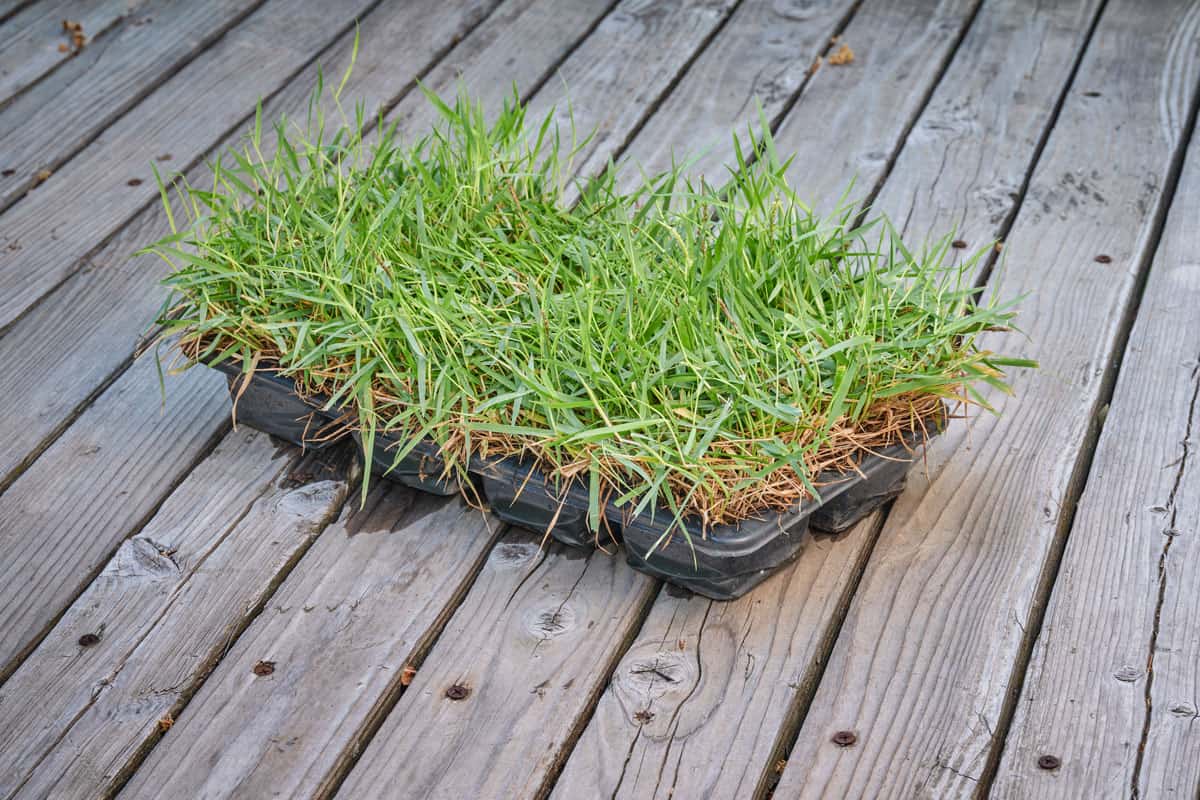
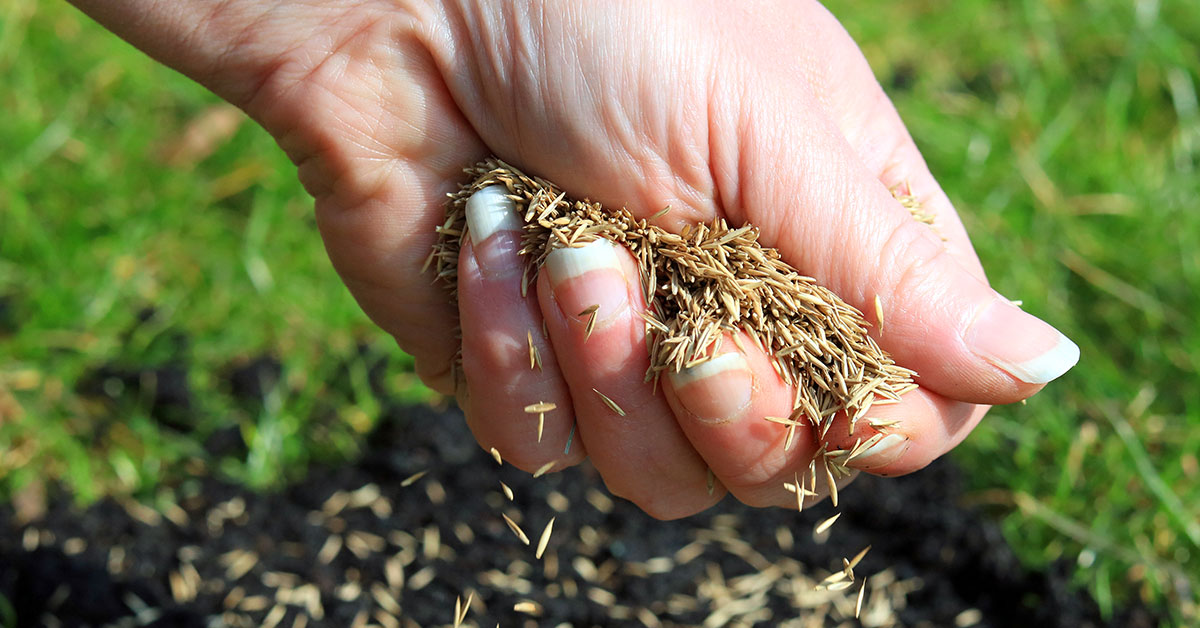
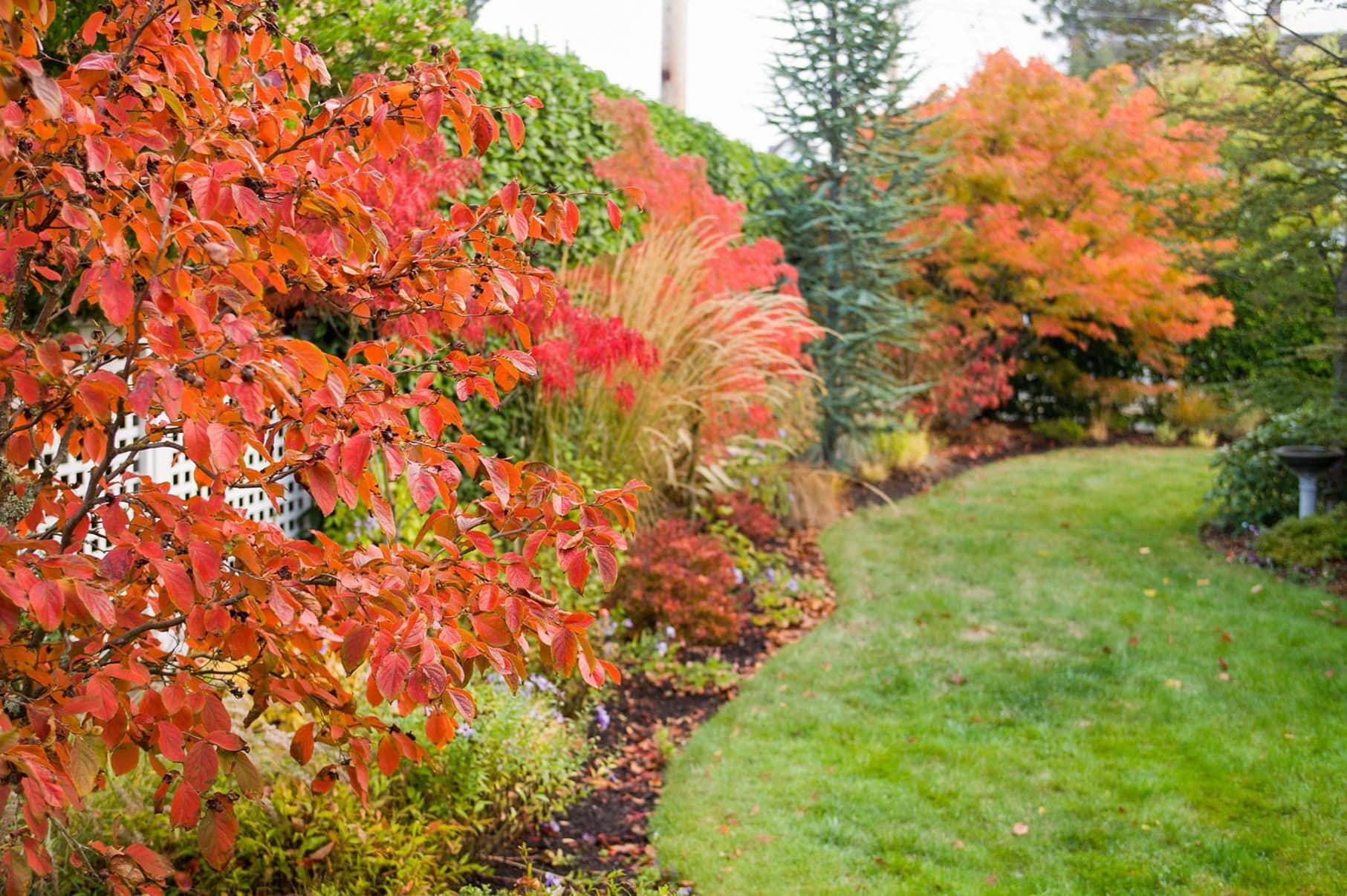
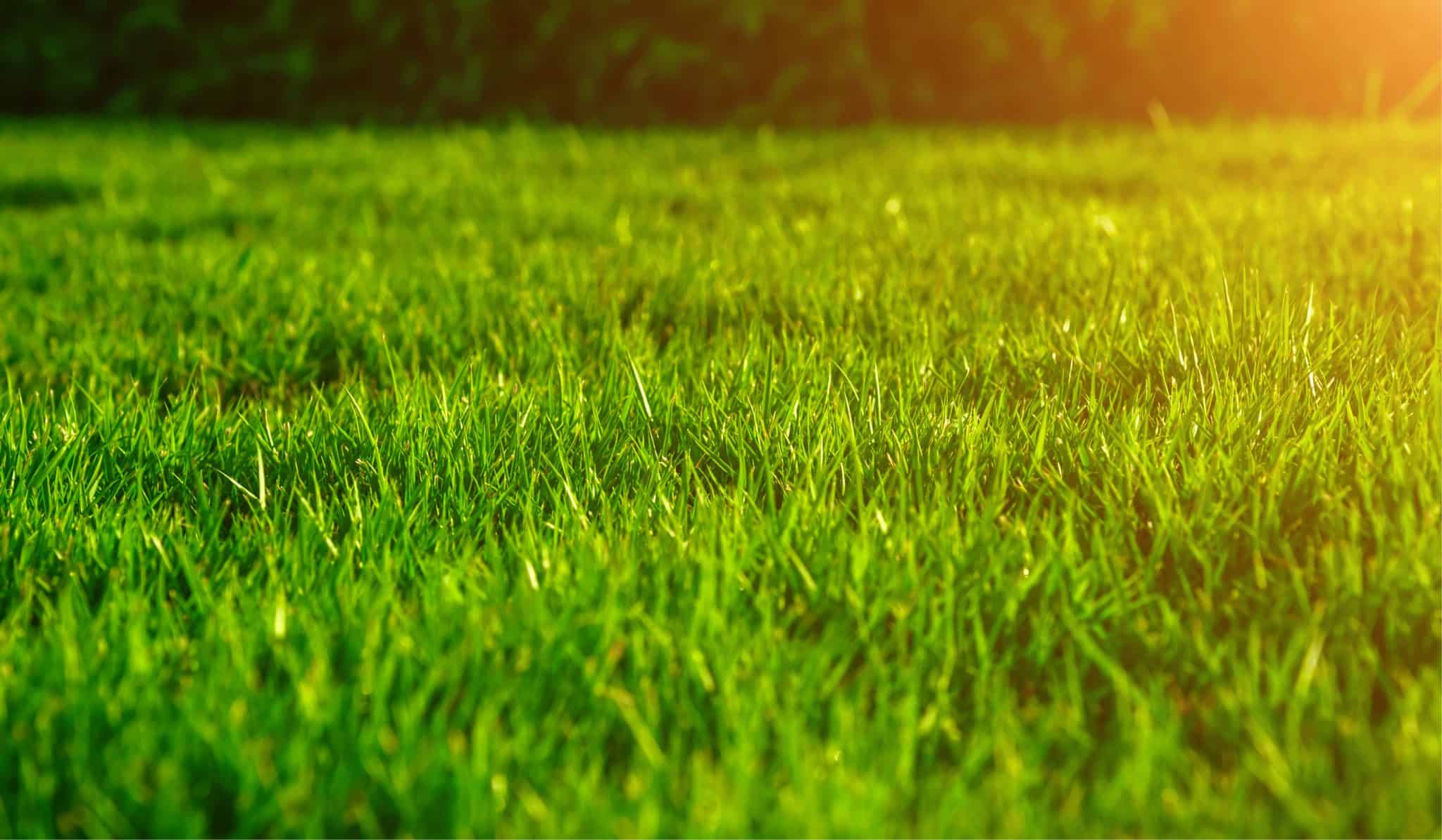

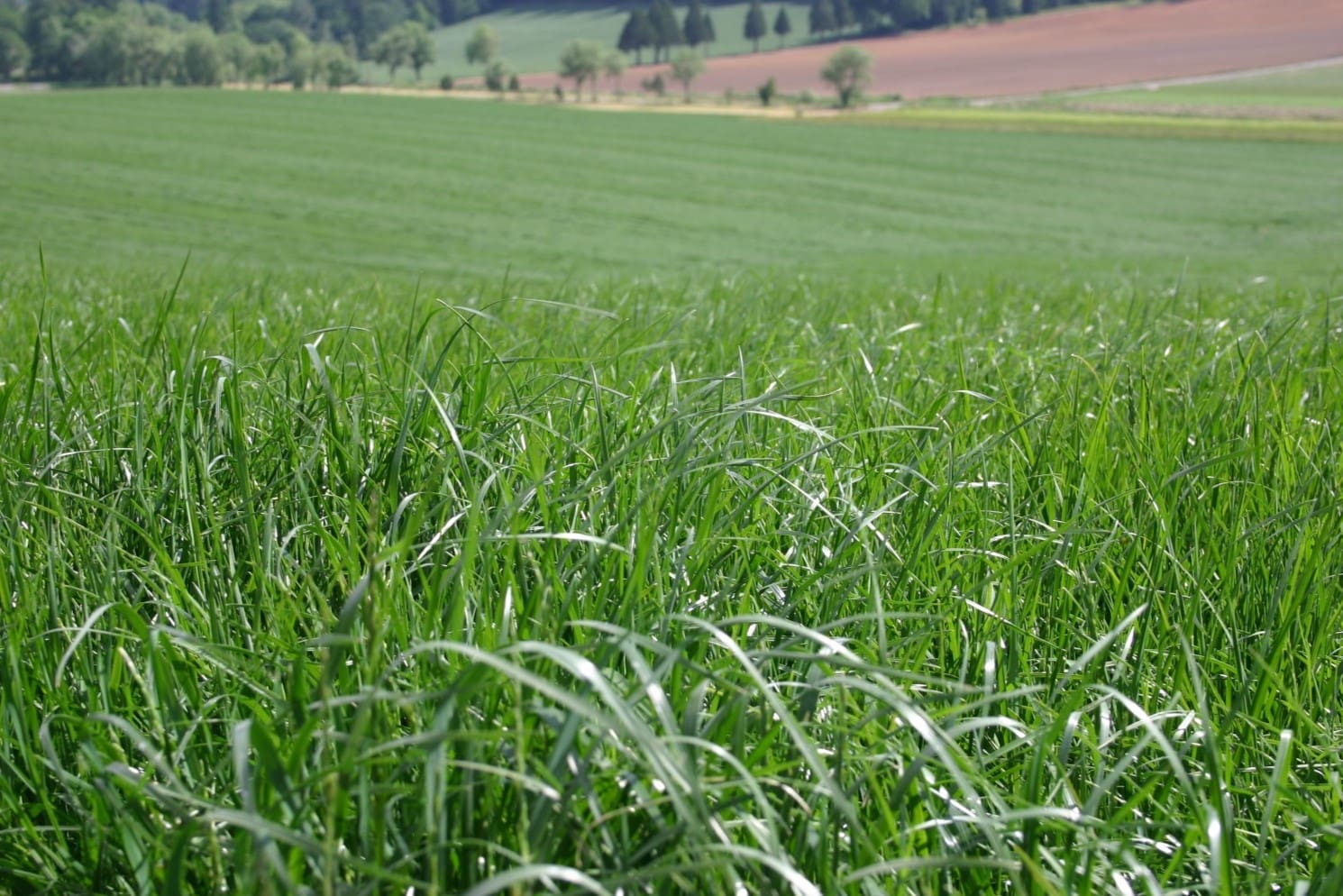
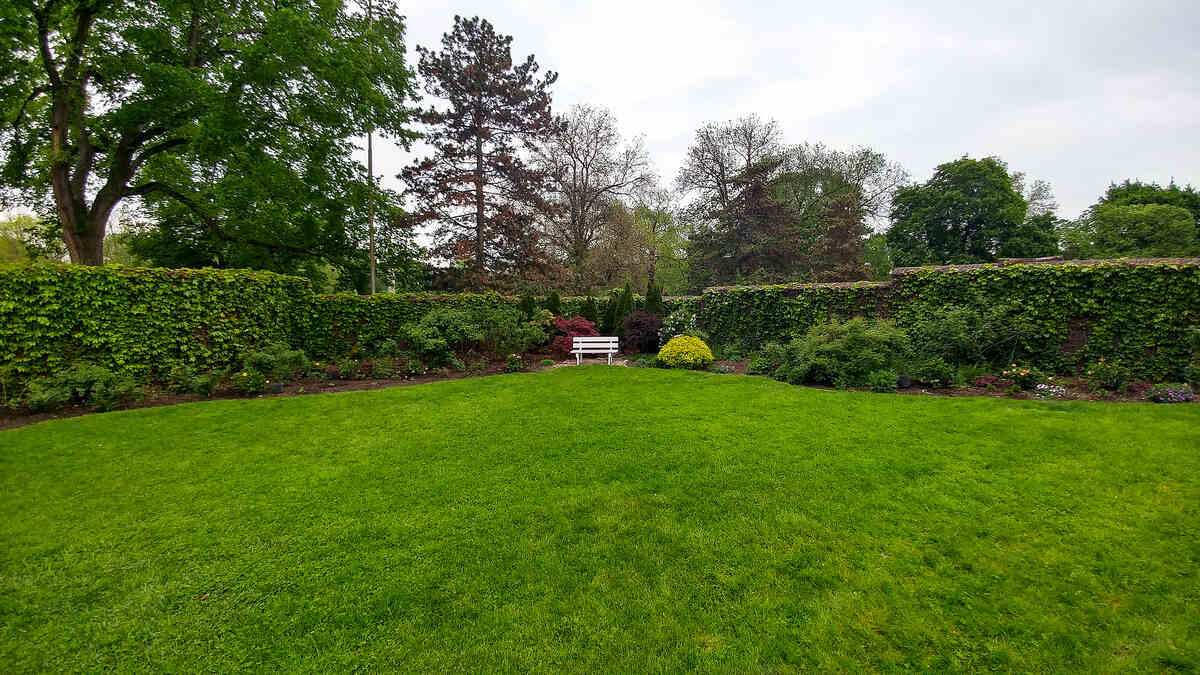

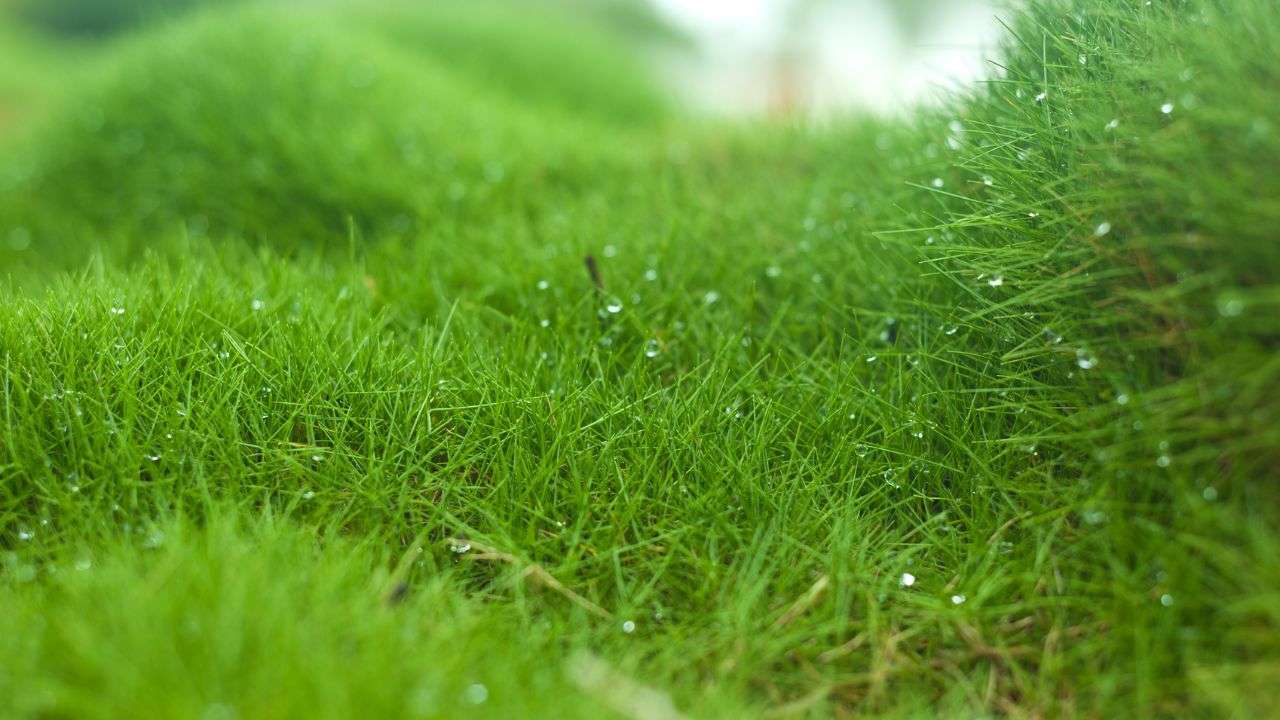
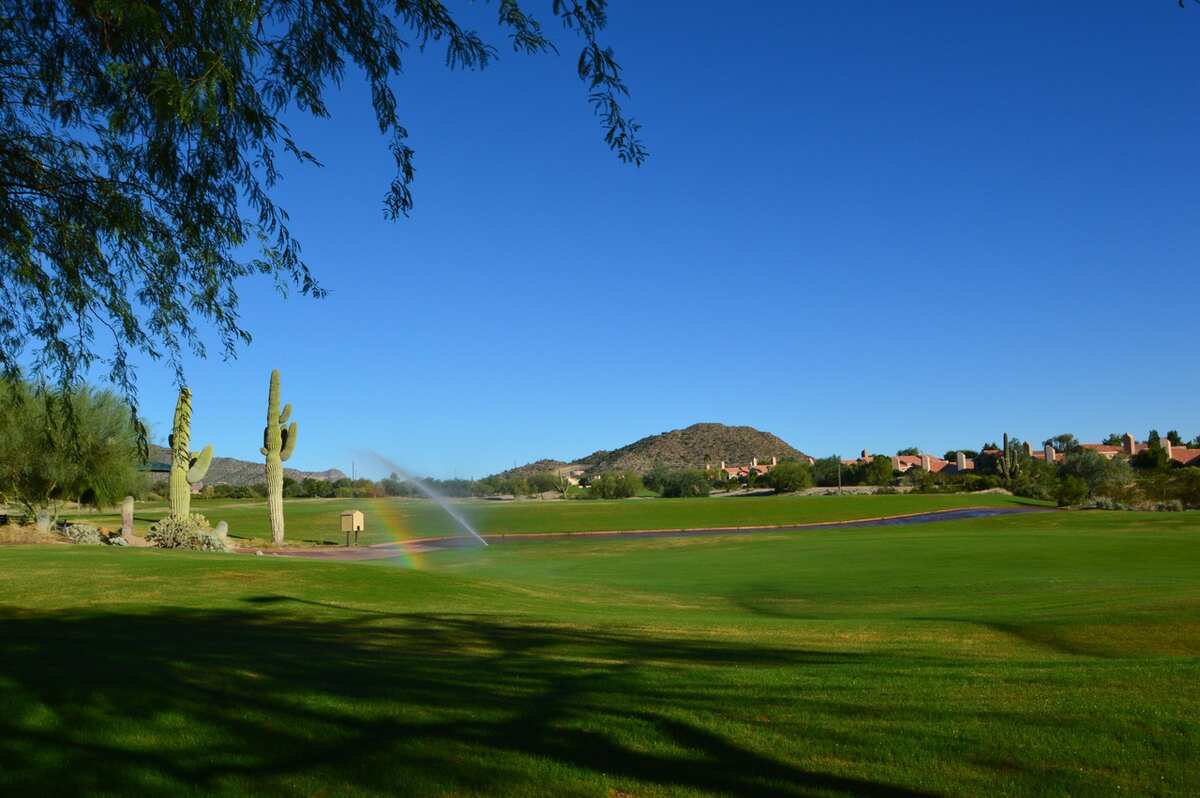
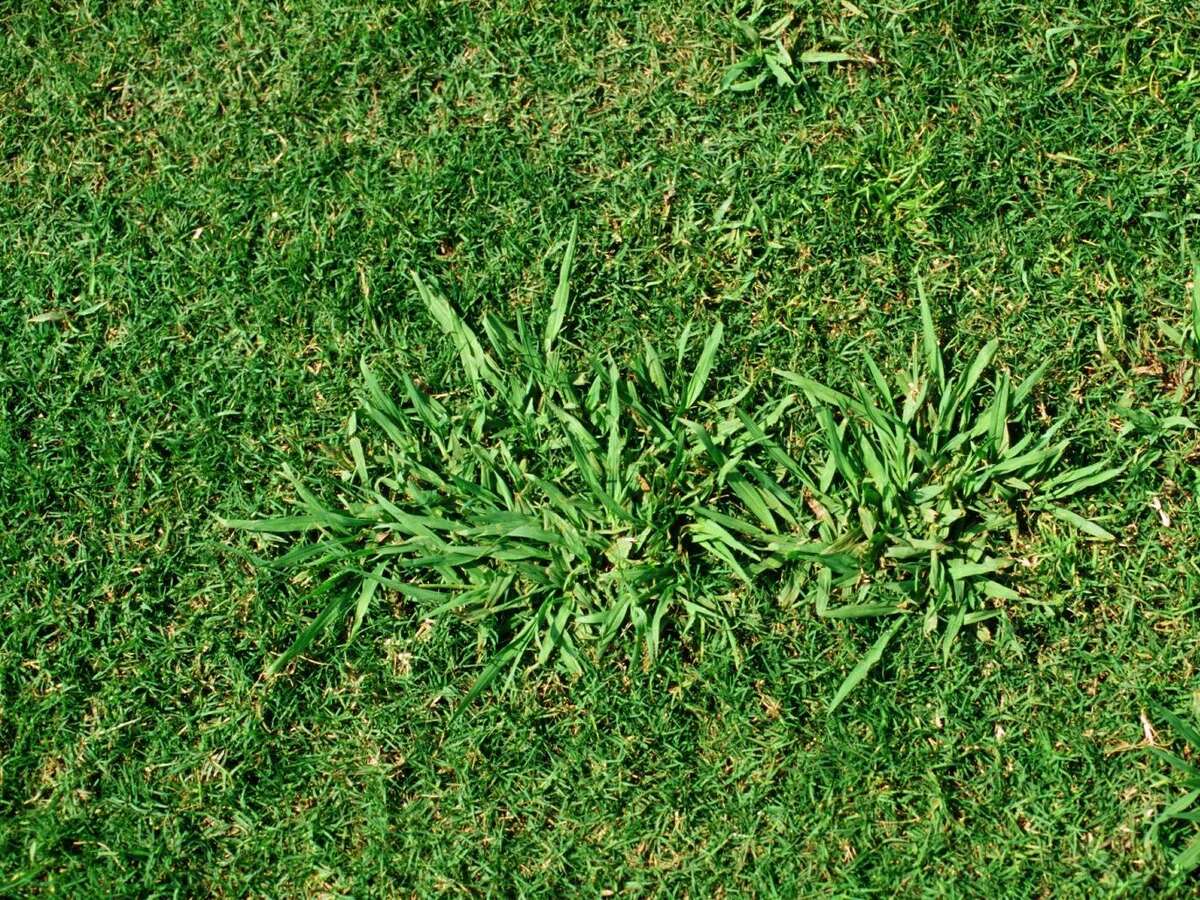
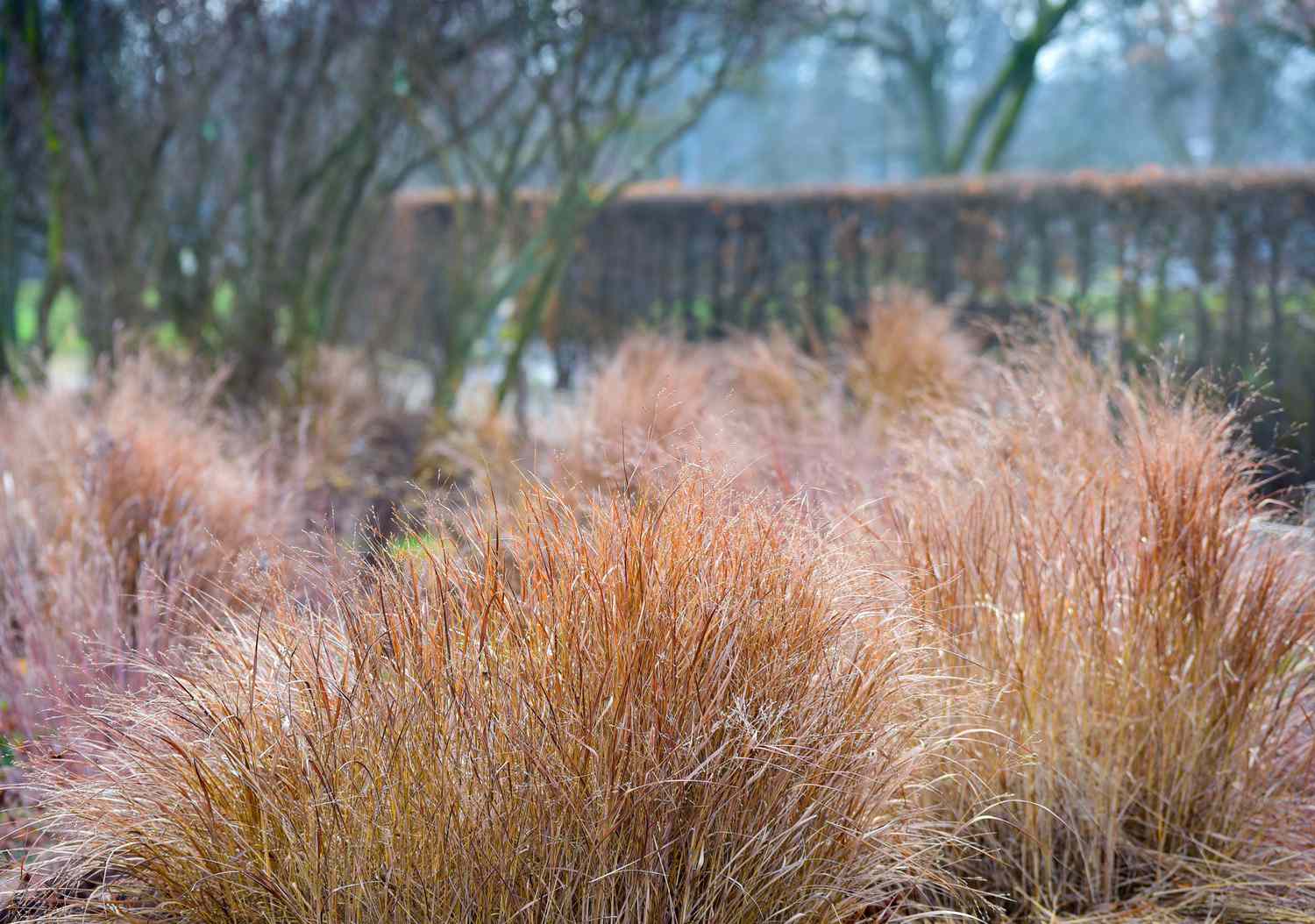
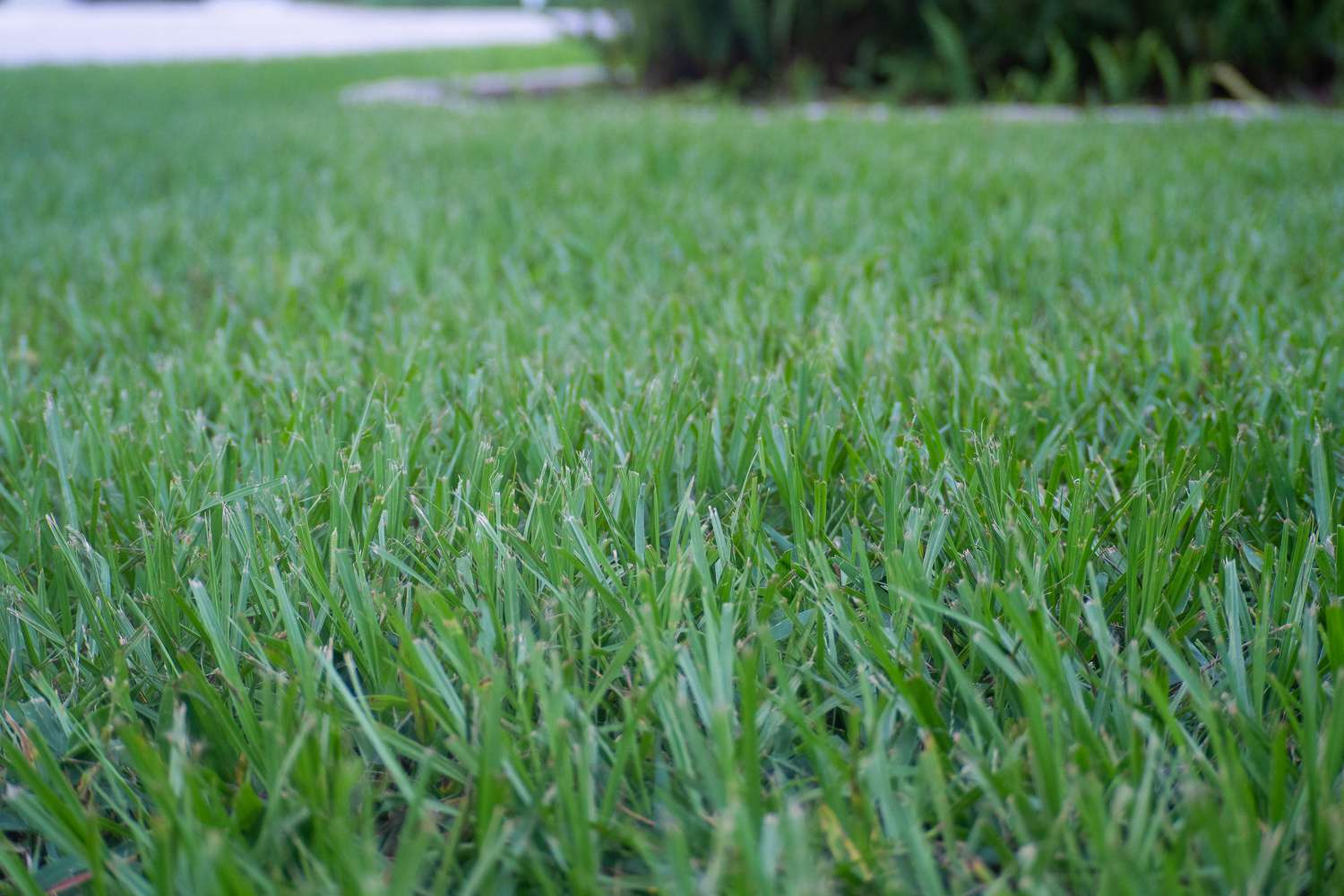
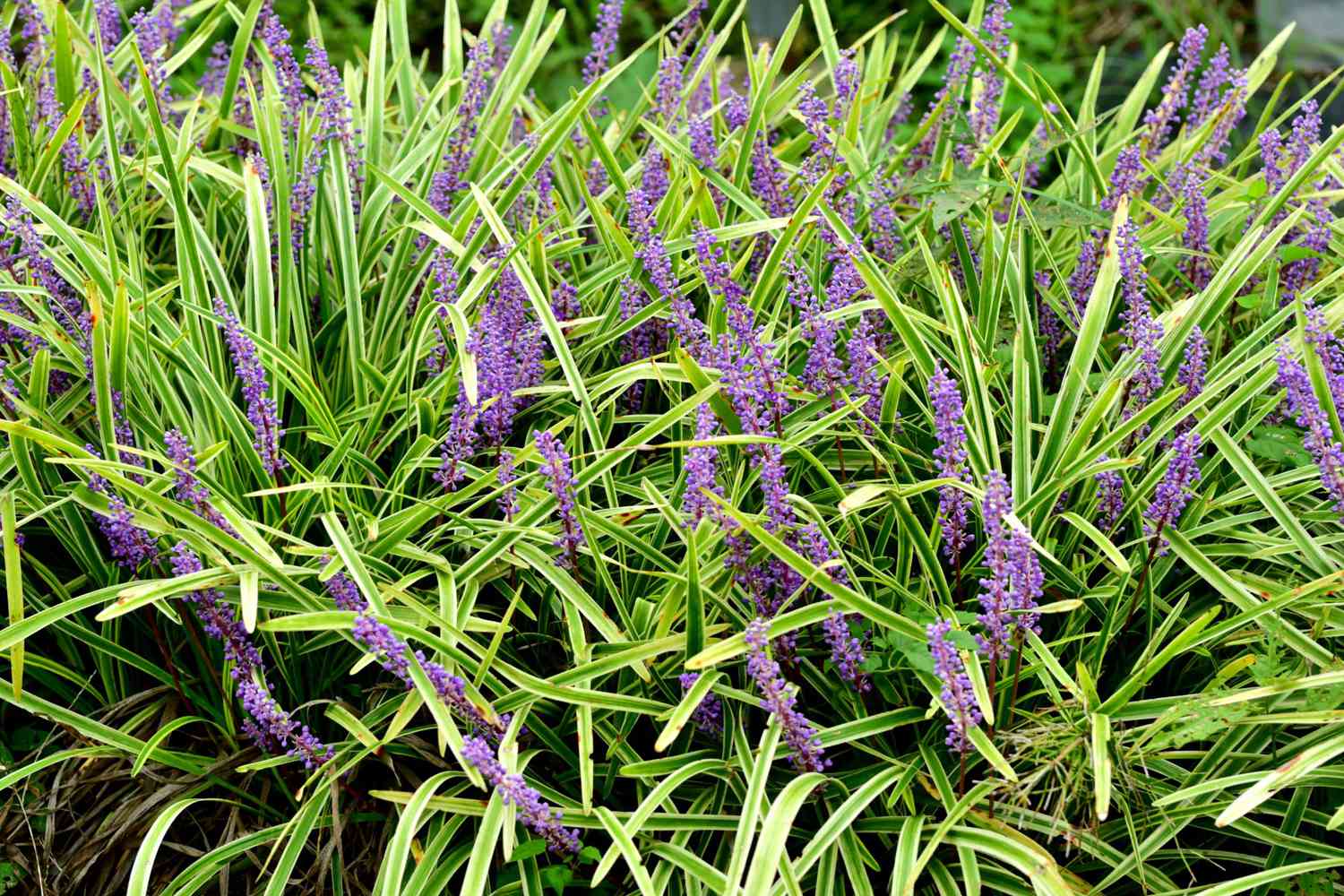

0 thoughts on “When To Plant Zebra Grass”